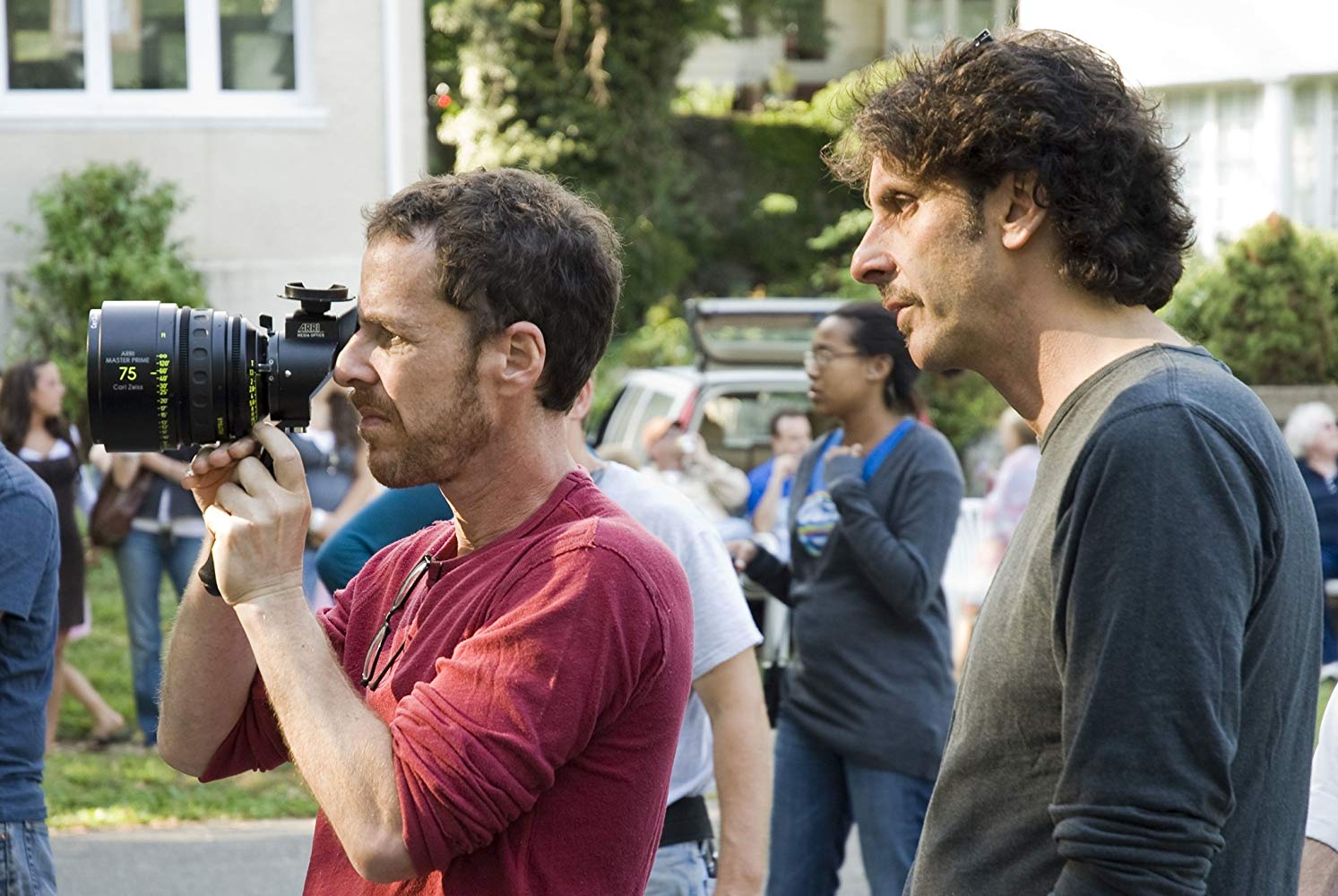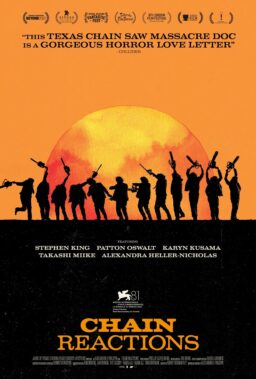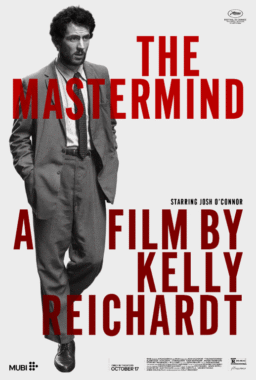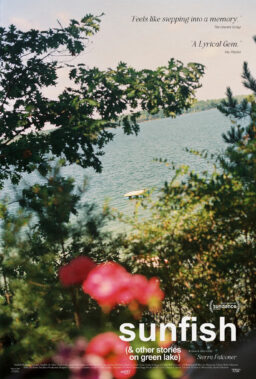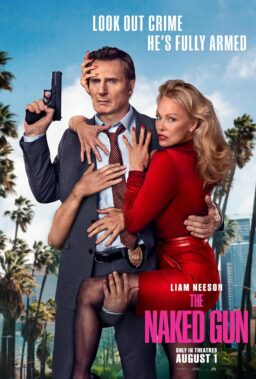This is the second part of a 2-part feature about Joel & Ethan Coen. Read the first part here.
The irony that sometimes finds its way into the Coens’ filmmaking has often been the sticking point of their harshest critics. They’re cold, they’re cruel, they’re misanthropic. But to dismiss the Coens, even at their most ironic, as icy formalists is to ignore the many ways they telegraph their sympathies through their filmmaking. They’ve got genial mediums for the Dude, and moody expressionism for tortured Ed Crane. There’s Llewyn Davis, nearly disappearing into chilly blues and browns of New York—as icy as the world around him, but somehow still anonymous. “A Serious Man“’s Larry Gopnick, crushed in the frame, either by his own uncertainty principle or by the camera itself. The many players in “Burn After Reading,” all comically distorted by the Coens’ odd angles, all helpless to the arbitrary wheels of fate and government. Rooster Cogburn, a light at the end of the tunnel, hero after all.
Even at their most detached, they are never content to let their scenarios pass by without judgment. If their heroes are often rendered with subtle sympathy, their villains are announced without ambiguity. We know “Hudsucker Proxy“’s Mussburger is evil from the moment their camera catches him peering through the craggy break in the glass left by a man’s jump to suicide. Bennie is introduced in “Miller’s Crossing” as a black hole in the center of the frame, his face turned up at an unnatural angle, pale as death itself. The Coens deliver Grand Guignol horror for the loveless offices of the senior partners in “Intolerable Cruelty,” and darkness increasingly enshrouds Dorr in “The Ladykillers.”
In other words, the Coens are moral filmmakers, artists fundamentally concerned with the nature of good and evil. It’s no mistake that the most iconic characters in their filmography, “Fargo“’s Marge Gunderson and “No Country For Old Men”’s Anton Chigurh, are the two perfect ends to each polarity. She is complete good, and he’s complete evil, and the two films play almost as foils to each other—”Fargo” with its blinding white snow, “No Country For Old Men” with its inky black shadows.

Film connoisseurs to the end, the Coens have to go back practically a century to the age of D.W. Griffith one reels to find a camera setup that conveys the purity of Marge’s life with her husband Norm. It’s not common for the Coens to use tableaux—their frames tend toward the dynamism of diagonals—but for Margie nothing else will do. The camera is flat to the door; Marge and Norm’s morning routine, their kitchen, and their lives are all contained in this one frame. It’s a simple, unassuming setup for a pair of simple, unassuming people. There’s an order in their routine—they eat, she leaves, she comes back—and order in the composition, but then Marge brings order wherever she goes. Look how quickly her presence contains the murder scene: what was once disorienting and horrific is reorganized into lead lines and golden ratios. Marge makes sense of the senseless—not just through her cool and efficient police work, but in the quiet way she brings the frame to balance.

What’s terrifying about Anton Chigurh is that his compositions are no less orderly than the ones the Coens offer Marge. Just as Marge’s decency was enough to overcome the darkness around her, Chigurh’s malevolence slowly and surely overwhelms all trace of light in his film. In our first glimpse of him, he’s being led to a police car. But where the officer is fully visible, Anton Chigurh is a silhouette, blacker than the empty space between stars. He is the absence of light, the absence of humanity—but his place in the frame is just as tidy. Evil wouldn’t be threatening if it were chaotic. It’s the relentlessness, the inevitability of evil that makes it scary. Chigurh often enters the frame in the background, out of focus, a creeping blackness that hangs over the shoulder of his next victim—unknown to them, but inescapable nonetheless. Chigurh is the manifestation of fate, just like his coin tosses. It makes sense then that his weapon of choice would be a captive bolt pistol—his slaughterhouse is a bit more open then most but he’s killing cattle all the same.
The Coens are rarely the first to an idea or a camera setup or a story. But firsts are overrated. Morality is not novel, and neither is beauty—they’re just the fabric of our oldest traditions, the constants in a universe that keeps on expanding. The Coens don’t have to worry about setting trends or pushing us forward; they’re too busy reminding us of what cinema does best. They are the keeper of the keys, the guardians of cinematic institutions. They don’t break ground. They hold it.
